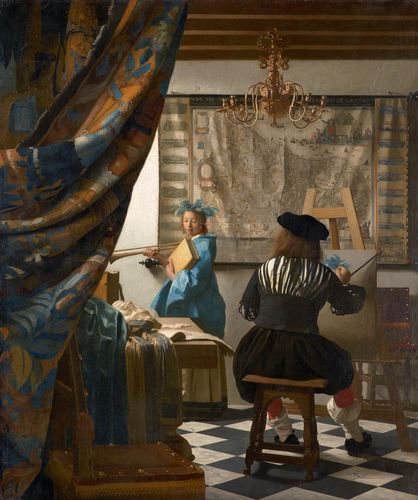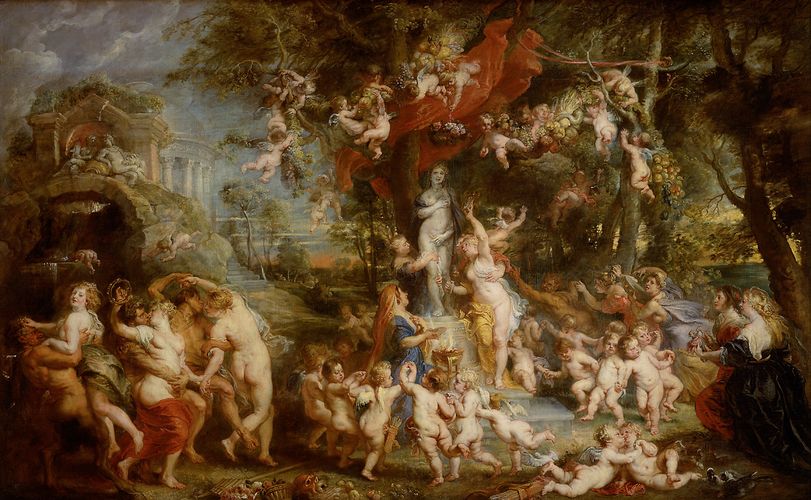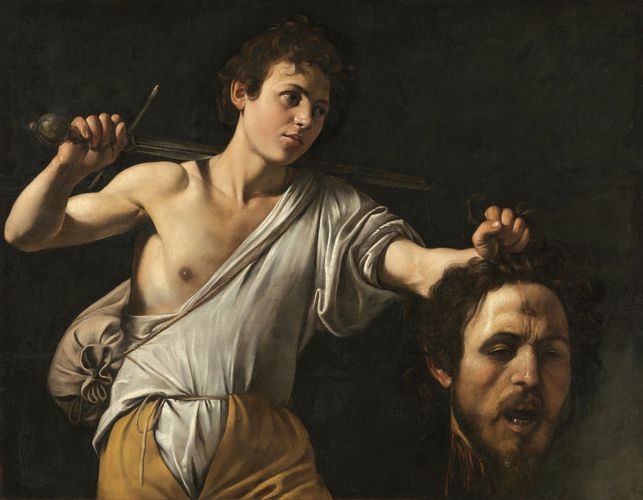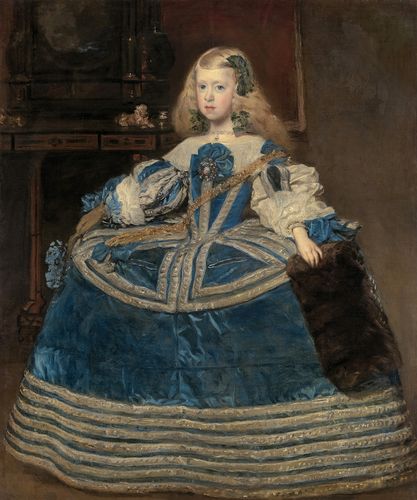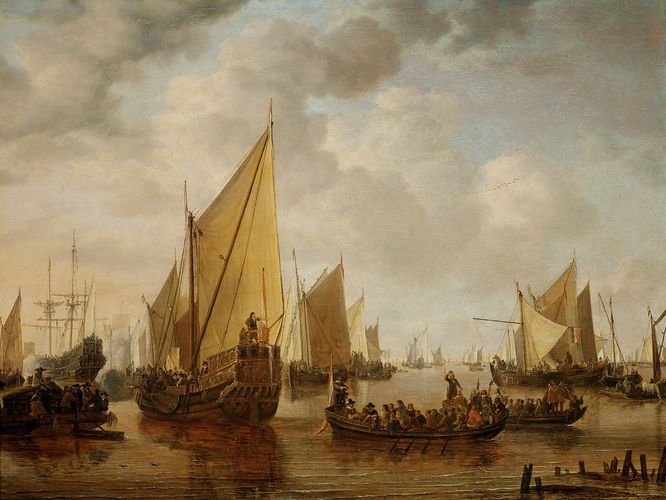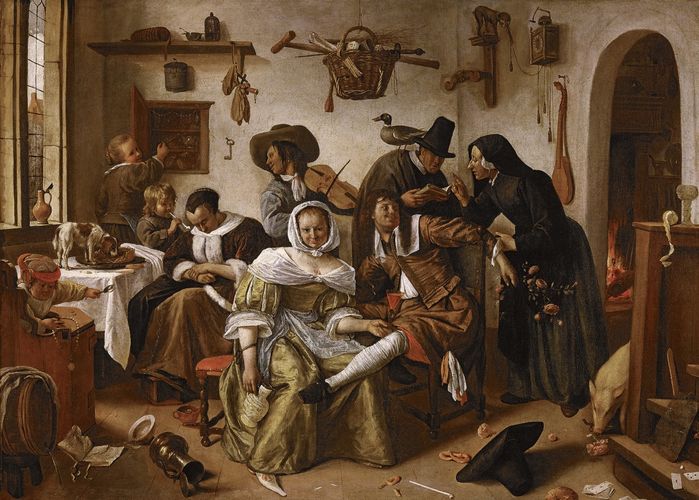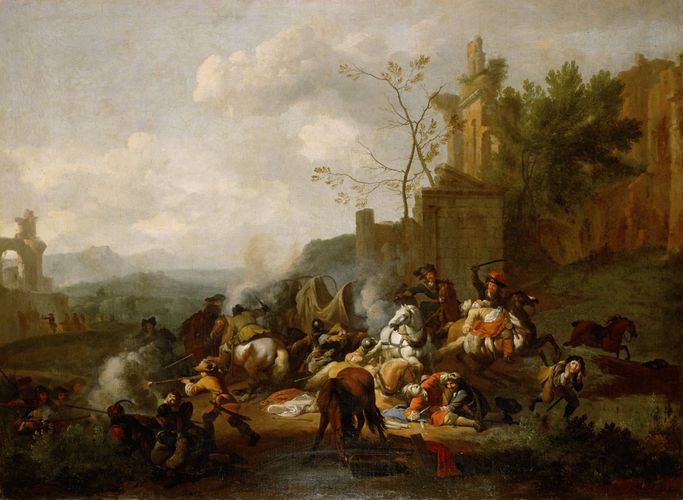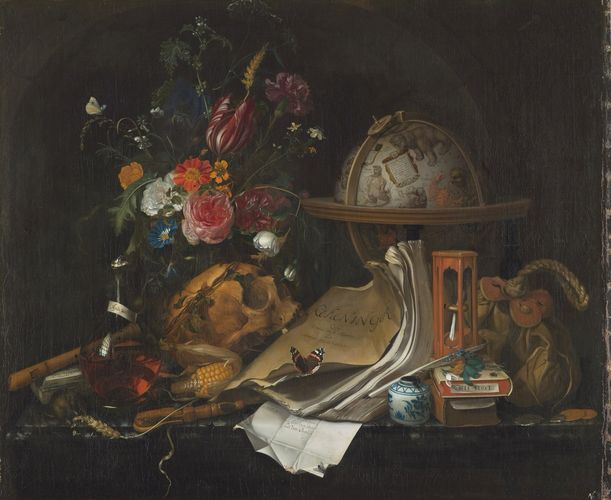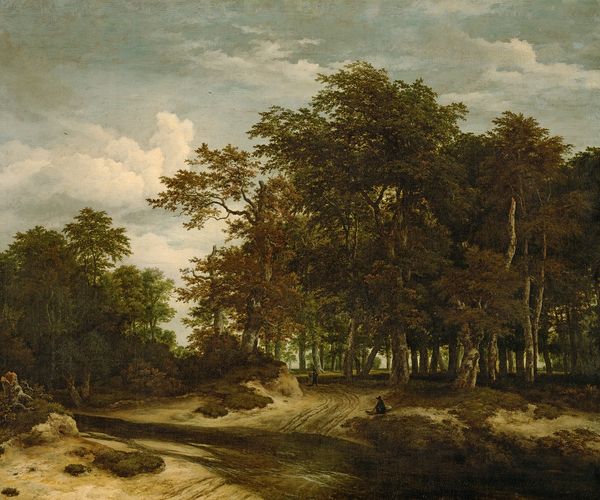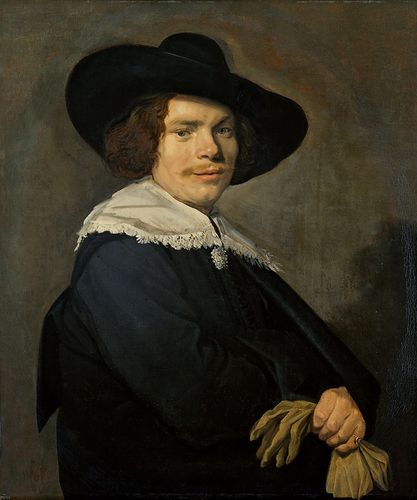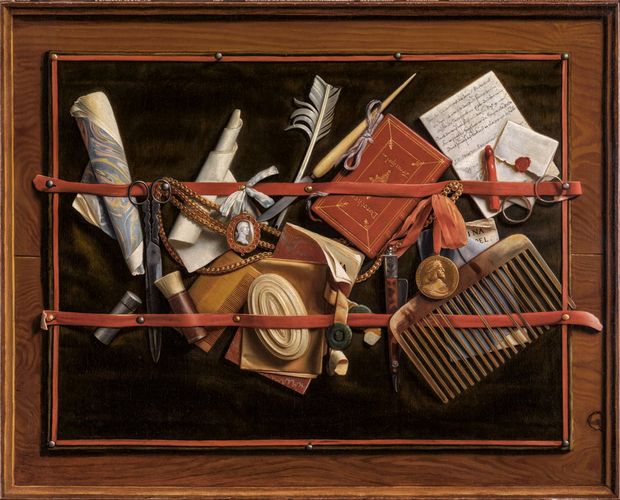Welcome to Holland!
A historical context
From the early sixteenth century, the Netherlands (today Belgium and Holland) were ruled by the Spanish Habsburgs. This wealthy territory produced high tax revenue for Spain. The northern part of the country, including Holland, embraced Protestantism early in the sixteenth century during the Reformation, while the south remained Catholic.
Philip II (king of Spain and sovereign of the Netherlands) made brutal efforts to counter the Reformation that led to uprisings in the north, which resulted in a long struggle for independence (1568–1648). In 1581, the (northern) provinces declared themselves independent. They thwarted all attempts at their recapture and prepared for their rise to become the leading global trading nation. Independence was sealed under international law in the Peace of Westphalia (1648). The south remained a Spanish colony, Catholic, and with an estates-based social structure.
In the Netherlands, smart trading generated huge wealth, which lay in the hands of urban elites, especially in cities such as Amsterdam and Leiden. Political power was also claimed by wealthy citizens. Increasing sections of the population had access to education. Rapid advances in the natural sciences also helped the bourgeois state, the northern Netherlands, to succeed. An economic upswing and political stability paved the way for the development of the arts. In Holland especially, the heartland of the republic, a unique style of painting emerged that focused on everyday life, the landscape, and portraiture. Rembrandt van Rijn and Samuel van Hoogstraten were two outstanding artists who shaped this period. This extraordinary heyday is known as the ‘Golden Age’.
1
Johannes Janssonius, Map of the Republic of the Seven United Netherlands, 1658
What is Baroque?
Baroque is a stylistic era that spanned the whole of Europe and yet was very diverse. It began in Italy towards the end of the sixteenth century, spread throughout Europe, and lasted, including the Rococo period, until 1750. The word ‘Baroque’ comes from the art of jewellery making, is of Portuguese origin, and means a misshapen pearl (barocco).
The term was not used until the end of the eighteenth century and then only pejoratively, in the sense of ‘cumbersome’ or ‘overblown’. Even today, some still see the Baroque period as ‘heavy’, ‘flamboyant’, and ‘very ostentatious’.
Rembrandt, The Nightwatch 2
Was ist Barockmalerei?
Baroque painting developed out of the Renaissance and was a reaction to the harmonious, balanced, and often idealized art of the Renaissance.
The beginning of the Baroque period saw a noticeable shift towards lifelike portrayal, a genuine naturalism observed in the object. Another characteristic is the pronounced contrast between light and dark. Here, the Italian Caravaggio was also a prominent model for those from Holland. In Baroque art, painting strives for an illusionistic effect.
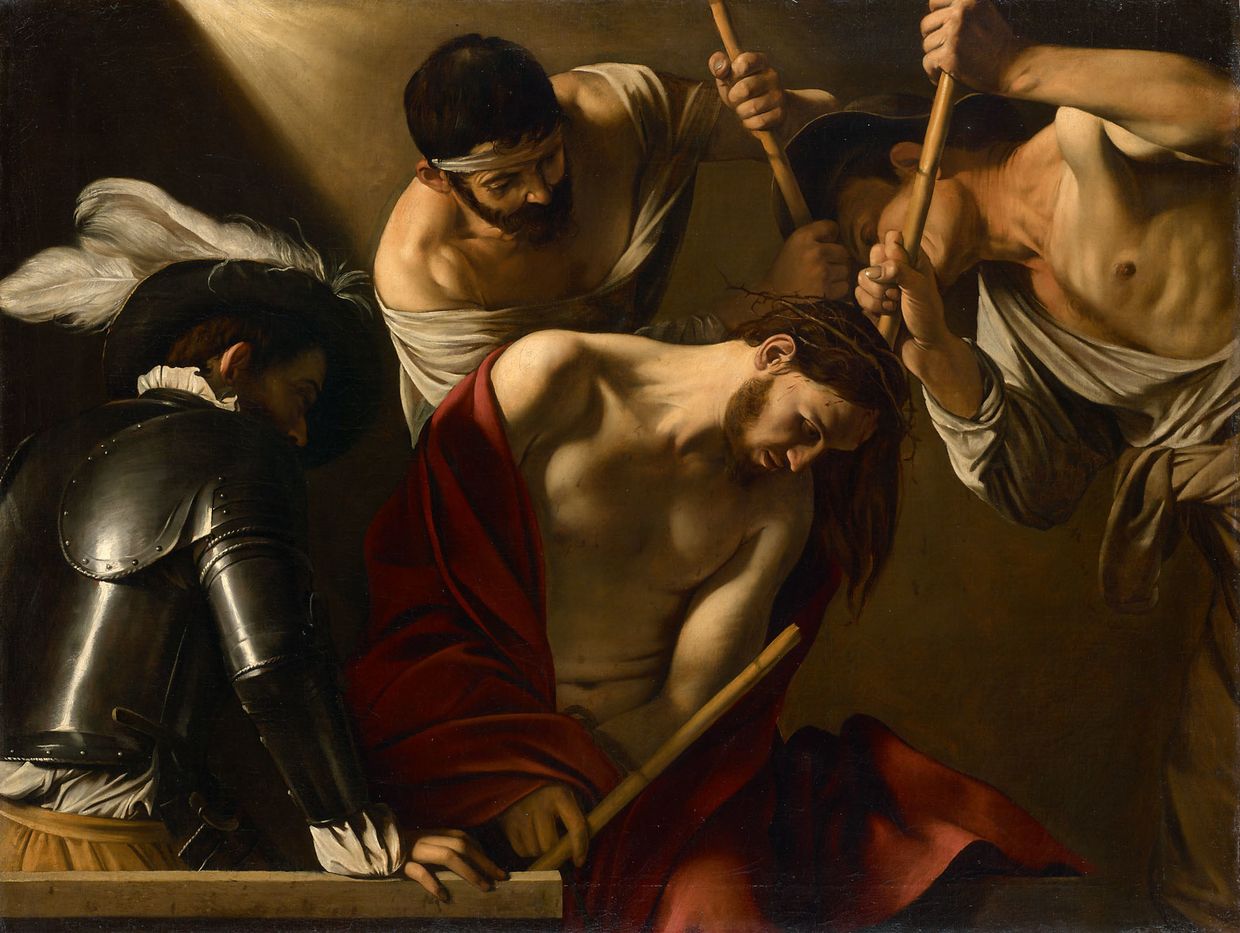
Drama and movement
Baroque painting is known for its dramatic depiction of scenes. Movement, emotions, and dynamism play a central role. Figures are often portrayed in passionate poses, and there is a strong sense of movement and action.
Contrasts and chiaroscuro
Another characteristic feature is the intensive interplay of light and shadow. This technique, known as chiaroscuro, creates depth and volume in the paintings and enhances the drama of the scenes.
Realism and attention to detail
Baroque painters attach great importance to realistic depictions of people, landscapes, and objects. These depictions are often detailed and aim to realize the most lifelike reproduction possible.
Emotionality and pathos
Baroque painting speaks to the feelings of the observer. The scenes portrayed are often full of passion, pain, ecstasy, or joy. The art was intended to move the audience emotionally and to stimulate reflection.
Theatre and staging
Many Baroque paintings are staged like scenes from a play, with dramatic gestures, intensive facial expressions, and an eye-catching composition. The composition of the image is often designed to direct the observer’s gaze and achieve a particular effect.
Other well-known Baroque painters
The most significant representatives of Baroque painting include
Following their religious and political secession from the Spanish Habsburg Netherlands, the northern provinces also forged their own path artistically. In the southern Netherlands, today Belgium, the Spanish Habsburgs continued to rule in the seventeenth century. Paintings by Peter Paul Rubens and other Flemish artists are opulent, voluminous, and sensual. The figures are often depicted in intense, expressive poses. Flemish painters often worked for powerful clients, including kings and the Catholic Church, and created works of art that celebrate power, fame, and wealth. This opulence is reflected in the lavish use of gold, luxurious fabrics, and elaborate details.
In Holland, the arts then began to withdraw from the ostentatious and all-encompassing into the private and more modest sphere. And they served new masters, the burghers. On the surface, there appears to be little that is uniform about the Baroque period: Catholicism here, Protestantism there, enlightenment here, absolutism there, splendour here, sobriety there.
‘Golden Age’
Since there was neither an absolutist court nor a powerful clergy in Holland, the role of patron of the arts fell to the wealthy urban bourgeoisie. Painters specialized, for example, in portraits, landscapes, or still lifes.
As independent entrepreneurs, they had to observe the market, spot trends, and set new trends where possible. But art is not only a reflection of socio-economic reality; it also reflects the progress of science. The invention of the microscope, for example, drew attention to the close range, while the improved telescope drew it to the distance. These, combined with the upswing in cartography, resulted in a realistic view of the domestic landscape. The further development of the camera obscura (literally: dark chamber), a kind of primitive photographic camera, enabled distortion-free projections that were either directed straight onto the painting surface or served as a template for sketches.
Botany and zoology, as emerging sciences, prompted painters to take a precise inventory of the living natural world. However, despite all their striving for realistic depiction, Baroque paintings from Holland also convey a deeper message. Calvinism calls on everyone to reflect on his or her actions, and this goes for artists and art buyers too. So, this moral doctrine also penetrates the pictures, quietly and unobtrusively. Bourgeois existence, science, and morality thus shape the ‘Golden Age’ of Dutch painting.
Themes of Dutch Baroque painting
2
Rembrandt van Rijn, The Nightwatch , 1642 © Rijksmuseum, Amsterdam
3
Michelangelo Merisi, gen. Caravaggio,The Crowning with Thorns
um 1601 © KHM-Museumsverband
4
Samuel van Hoogstraten, Feigned Letter-Rack Painting, 1666/78, Staatliche Kunsthalle Karlsruhe
